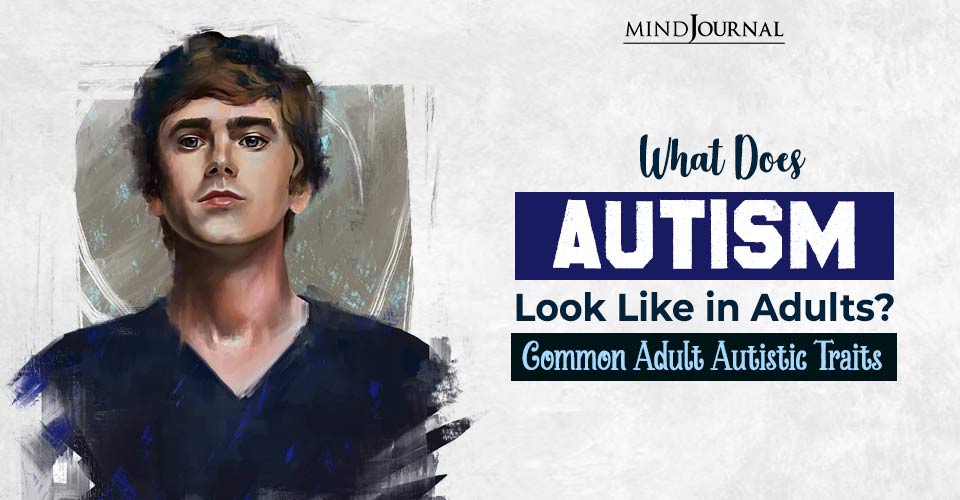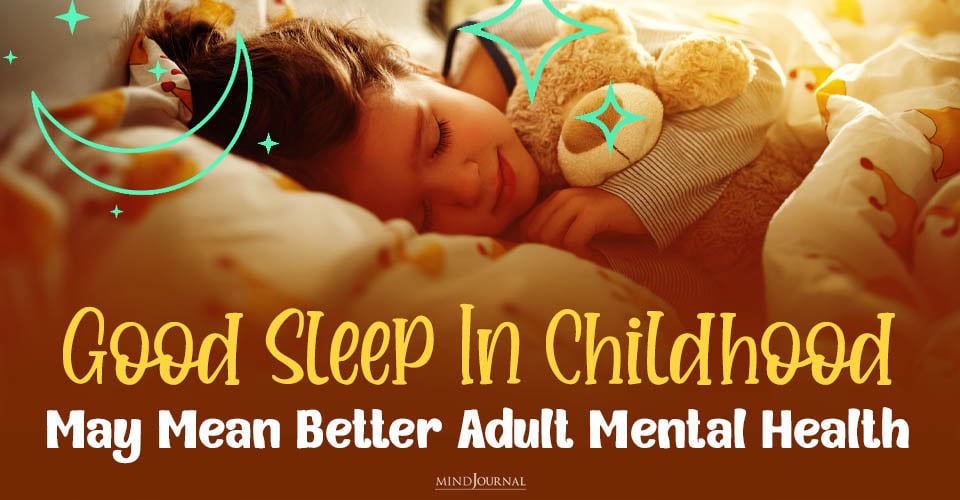Wondering what are autistic traits in adults? Autism is a developmental disability which can manifest differently in adults than in children. Once you identify the common autistic traits in adults, you can seek treatment and learn to manage your symptoms in the long run.
What is Autism?
Autism, also known as autism spectrum disorders (ASD), is a complex neurodevelopmental disorder that leads to a range of difficulties associated with behavior, nonverbal communication, speech, social skills etc. When left untreated, the disorder can adversely affect the sufferer’s ability to interact and can even impair their physical, cognitive and emotional well-being. ASD is “characterized by deficits in social communication and the presence of restricted interests and repetitive behaviors,” explains a recent 2020 study.
Autistic spectrum traits in adults can severely affect the brain’s normal functioning and their ability to function socially. As common autistic traits in adults can vary greatly in severity and form, the condition is identified as a spectrum disorder. The person may also experience repetitive behaviors, obsessive interests and interpersonal communication challenges.
Early diagnosis of autistic tendencies in adults can help the sufferer manage the symptoms through effective treatment approaches, including therapies, education and support.
Common autistic traits in adults

Want to know what are autistic traits in adults? ASD can manifest differently in each sufferer. So what does undiagnosed autism look like in adults? Here are some of the main characteristic traits of ASD:
- Lack of or poor development of essential social skills
- Difficulty communicating thoughts and emotions and understanding or relating to others
- Exhibiting repetitive and restrictive behaviors
Adult male and women with autism may have inappropriate social skills and may not behave in an age-appropriate manner in social settings. Inability to decipher social norms and cues may be one of the most basic autistic spectrum traits in adults. This can not only affect their ability to pursue a career, but also impact their ability to form and maintain relationships. common autistic traits in male adults and autistic traits in adult females may wrongly send the message that they prefer to be alone.
Although some individuals may speak normally, they may have trouble expressing themselves or understanding what others are trying to say. They may prefer using short phrases or monosyllabic words and hence, communication typically has restricted functioning. They may even speak in a loud voice with a robotic tone.
Related: 22 Symptoms and Signs of High-Functioning Autism In Adults
What does autism look like in adults?
Understanding what are autistic traits in adults can enable us to identify the most prevalent autistic traits in adults undiagnosed and seek treatment and help. Here is a list of autistic traits in adults that can help you gain a better idea about adult autism spectrum disorder –
1. Sensory stimuli may generate an abnormal response.
The person may under or over react to touch, sights, sounds, tastes and smells. Studies show that adults with ASD may have “hypo- or hypersensitivity to sensory inputs.”
2. Inability to accept change.
Adults with ASD often become temperamental or sad when dealing with change in the surroundings, relationships or life.
3. Unusual development of skills.
One of the most common autistic traits in adults involves splinter skills, which refers to abilities that are not connected to the purpose of the task.
4. Impressive visual processing skills
Autistic tendencies in adults often include a strong ability to process visual data and information which makes up for the lack of or poor auditory processing skills. Research reveals that individuals with ASD often show “visual fascination with lights or movement.”
List of autistic traits in adults

Still wondering what does undiagnosed autism look like in adults? Here some more common autistic traits in adults that can help you learn what are autistic traits in adults –
- Trouble making and holding conversations
- Distress or discomfort making or holding eye contact
- Strong dependence of daily habits and routines
- Speech may lack modulation or inflection
- Strong preference for solitude and solitary activities
- Difficulty understanding emotions, body language and facial expressions of others
- Difficulty building and maintaining relationships and friendships
- Strong interest in a specific topic
- Highly sensitive to sensory stimuli
- Inability to understand jokes, idioms or sarcastic comments
- Trouble accepting change
- Feeling anxious in social situations
- Emotion regulation difficulties
- Proficient in a specific area, like mathematics
- Repeatedly engaging in involuntary sounds and noises
Related: Can Autistic People Make Great Social Partners?
How do autistic adults behave?
When someone is trying to figure out what are autistic traits in adults, then we also need to consider the behavior of adults with autism spectrum disorder (ASD). Autistic spectrum traits in adults often involve unusual behaviors. They may appear to be aloof, not interested, blunt or even rude to others without any provocation of reason. They may also take everything literally which can further complicate their ability to communicate socially.
Moreover, as they have difficulty expressing their innermost thoughts and feelings, they may also prefer to stay alone. Contrarily, a person with ASD may get too physically close to another person while interacting or may become distressed when someone invades their personal space.
One of the most common autistic traits in adults may also include atypical body movements, like jumping, spinning or flapping their arms. They may also feel distress and discomfort in moving from one activity to the other. Such behavior can also be observed when changes appear in their environment.
Here are some other signs of what does autism look like in adults –
- Lack of facial expressions
- Avoidance of eye contact
- May not respond when called by name
- Lack of gestures or body language in communication
- Engaging in repetitive behaviors
- Obsession with arranging things in a particular way
- Focus on planning every task carefully
- Lack of interest in others
- Limited or no response of others in distress or pain
- Difficulty understanding what others are feeling
Autism in women
Autistic traits in male adults may sometimes look different from autistic traits in adult females. One 2019 study found that although autism is “equally common” in men and women, women with autism are under-diagnosed. They experience “more lifetime sensory symptoms and fewer socio-communication difficulties than males.” Moreover, when compared to male sufferers, autistic women have been observed to be “more able to demonstrate reciprocal conversation.” They are more inclined to build friendships and have relatively usual “special interests”.
Adult women with autism also tend to hide or suppress their feelings, can deal with social situations in a better way and may tend to be calmer and softer than men with ASD. Hence, it is often harder to identify what are autistic traits in adults, especially for women.
Related: Is It Still Gaslighting If My Partner Has Asperger’s?
Takeaway

Autism spectrum disorders can often develop or persist in adulthood as it is a lifelong neurodevelopmental disorder. Identifying the common autistic traits in adults can help the sufferers and their loved ones to seek medical help, avail treatment and better manage their symptoms.
Once you understand what are autistic traits in adults, you can seek a proper medical diagnosis and recover from your condition with the help of therapies, medications and support.
Frequently Asked Questions (FAQs)
Can a person be slightly autistic?
Autism can look different for different people as it is a spectrum disorder. While some sufferers have severe symptoms, others may have mild symptoms that don’t affect their lives significantly. Some people may have high-functioning autism or Asperger’s syndrome.
What does an autistic meltdown look like in adults?
An autistic meltdown is a total loss of control and may involve screaming, angry outbursts, hyperventilating, hand flapping, kicking, hitting their head, self-harm or withdrawal.
Can you have autistic traits but not be autistic?
Although some individuals may exhibit certain autistic traits, like being hypo- or hyper-sensitive to stimuli, it does not mean that they are suffering from autism.
Who are some famous people with autism?
Some famous people believed to have ASD include Albert Einstein, Sir Isaac Newton, Nikola Tesla, Charles Darwin, Bill Gates, Tim Burton, Dan Aykroyd, Daryl Hannah, Sir Anthony Hopkins etc.











Leave a Reply